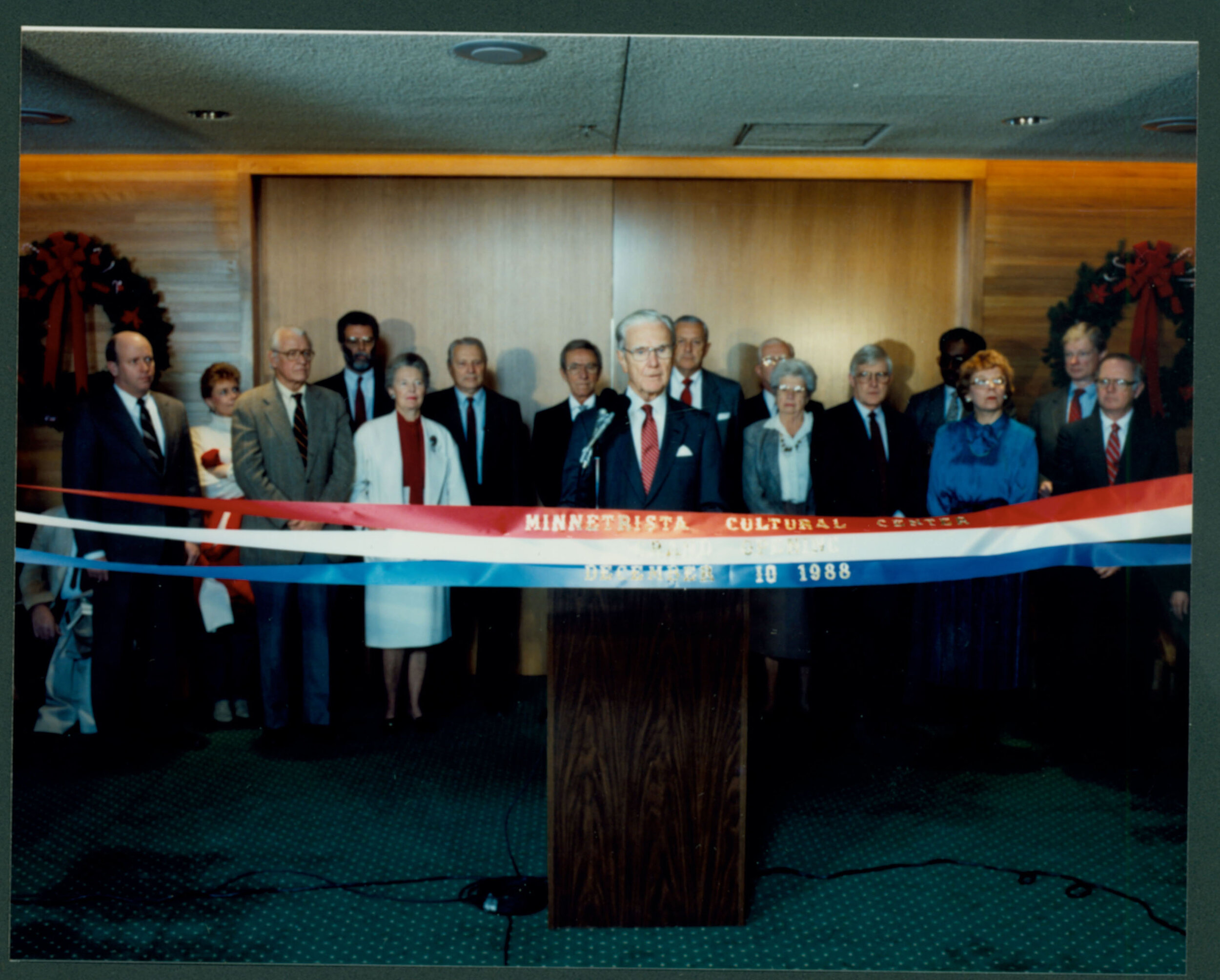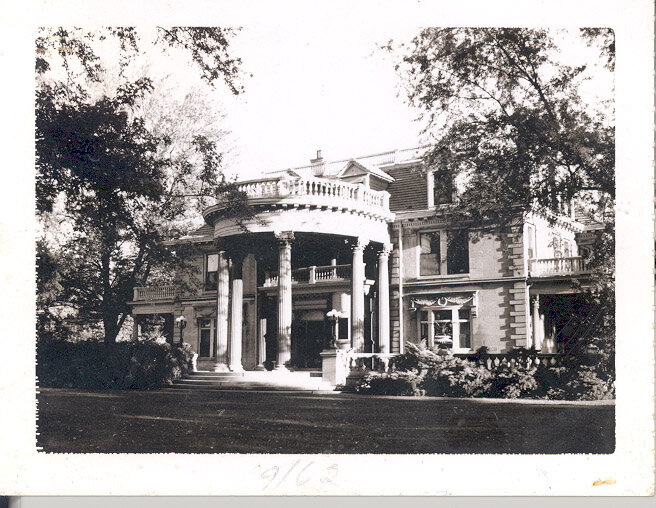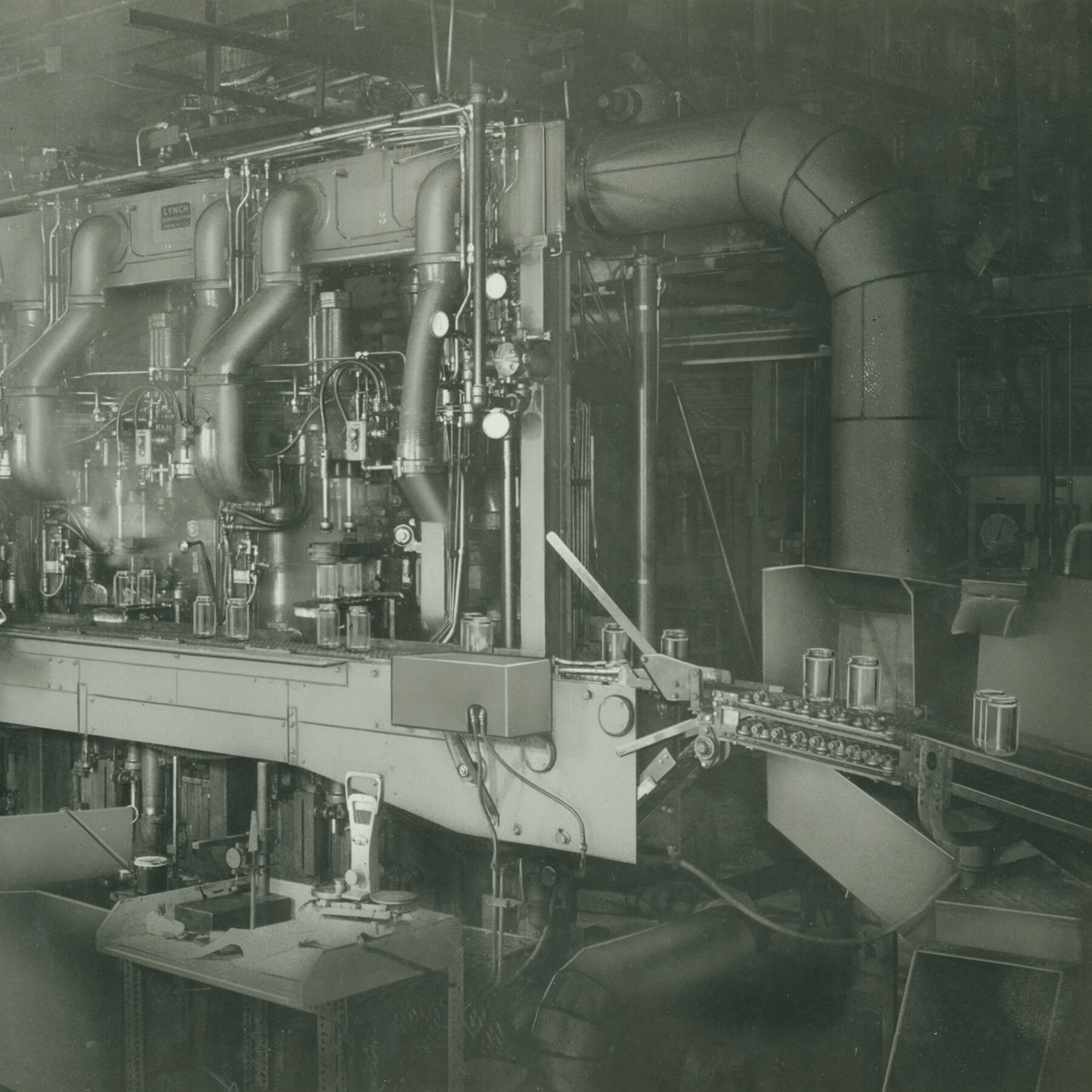
our history
In 1887, the Ball family—makers of the famous Ball mason jars—moved their glass manufacturing business from Buffalo, New York to Muncie, Indiana. The Ball brothers (pictured) and their families left a lasting impression on the Muncie community, creating philanthropic organizations (like Ball Brothers Foundation and George & Frances Ball Foundation), an educational institution (Ball State University), and the year-round gathering place of Minnetrista.
The current site of Minnetrista is located on the same property where the Ball family lived. In fact, many of the original Ball family homes stand today; all but one of the brothers’ homes are still standing and they make for a beautiful walk along the Boulevard, and a few are open to the public for various programs and events.
Due to its location along the White River, the family chose to name the property Minnetrista, meaning “a gathering place by the water.” The name is derived from the Sioux word “mna” (pronounced “mini”), which means “water,” and the English word “tryst.”
The origin of Minnetrista as we know it today—a cultural museum and public gathering place—dates back to 1978, when Margaret Ball Petty wrote to her cousin Edmund F. Ball, suggesting that the Ball Brothers Foundation provide a museum in which to exhibit fine art. A four-year study of the cultural needs of East Central Indiana determined that top priority should be given to the construction of a state-of-the-art facility to preserve the cultural heritage of the region. Ground was broken March 14, 1987 and Minnetrista Cultural Center opened December 10, 1988.
The Ball Brothers from left to right: William Charles Ball (1852–1921), Frank Clayton Ball (1857–1943), Lucius Lorenzo Ball (seated) (1850–1932), Edmund Burke Ball (1855–1925), George Alexander Ball (1862–1955)
Artist rendering of new Minnetrista Cultural Center building, ca. 1988
Minnetrista, home of Frank C. and Elizabeth B. Ball
Elisabeth Ball sitting in the doorway of her dollhouse play structure with her bicycle parked nearby
Ground-breaking for the Minnetrista Cultural Center, 1987. Left to Right: Rosemary Ball, Janice Ball Fisher, Virginia B. Ball, Rosemary Ball Bracken, Judy Bracken
Minnetrista, home of Frank C. and Elizabeth B. Ball
Minnetrista Cultural Center grand opening ribbon cutting ceremony, December 10, 1988. Left to Right: unidentified man, Virginia B. Ball, Nick Clark, John Fisher, Janice Ball Fisher, Frances Petty Sargent, Doug Bakken
Jar manufacturing factory scene
First Muncie Ball factory buildings under construction, ca. 1887








